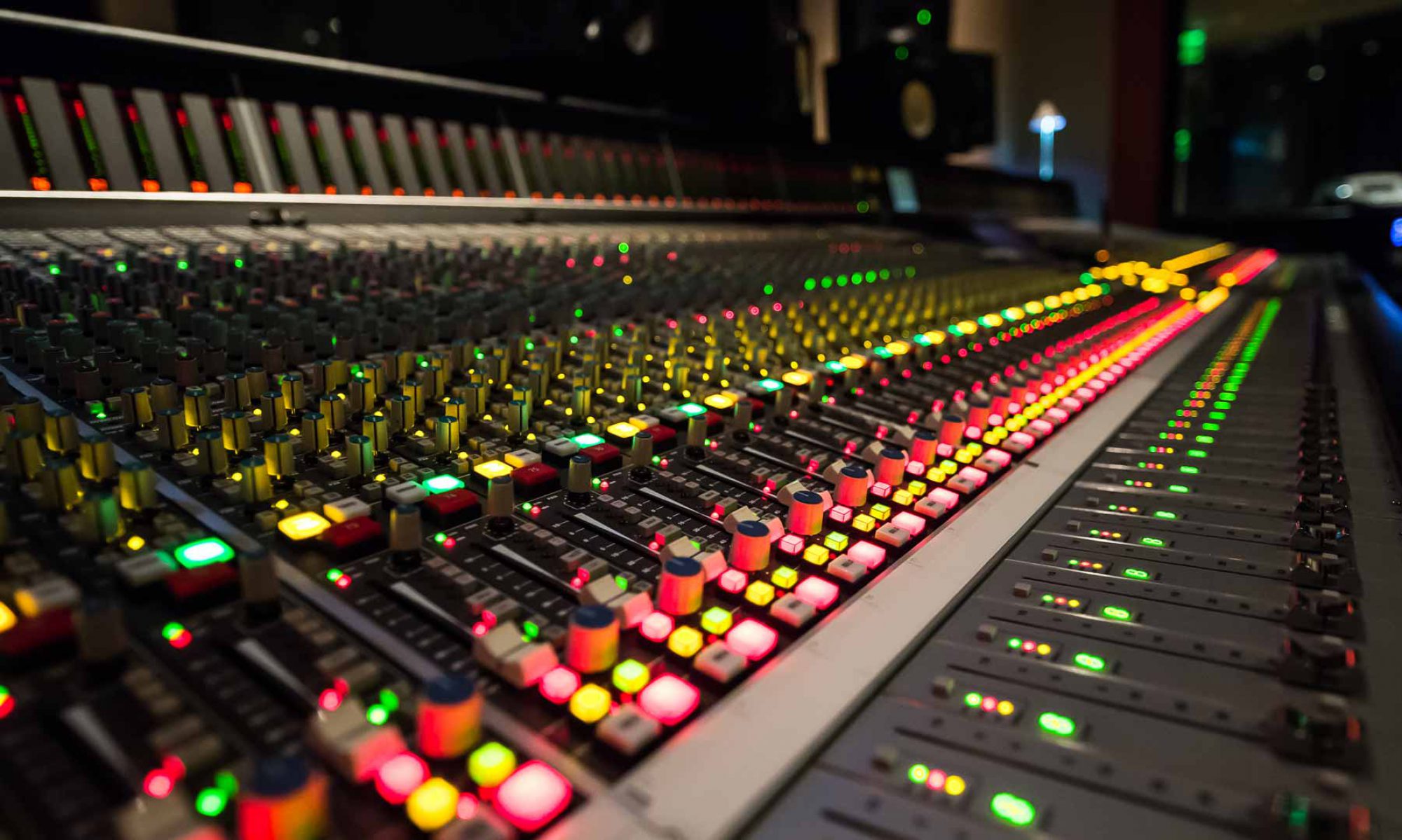Mixing audio is very much a social experience. Relationships within the mix are very present along with so many variables that come into play in order to create a balanced and vibrant audio mix. From room size vs. PA Strength, to mix position vs. PA location, to the band location vs. PA location, there are a myriad of issues to work through before you even turn the sound system on. In this four part series I want to take a look at some of those relationships both globally at the room/studio and gear level, the micro relationships that happen within the mix. This week we will be talking about those macro level relationships. All of these relationships should not only be present in any mix, but they should be in balance as well.
The first ‘global’ relationship that I wanted to highlight is where the vocals sit in the mix. So many people have different ideas but I think it comes down to philosophy and artist preference. In houses of worship for instance, vocal intelligibility is king. The lead vocalist needs to be on top and easy to understand whereas at a touring concert where the words aren’t as important, you’ll hear a lot of engineers mix the vocals down in the mix more. Finding out what your worship leader or recording artists wants is key here and it can be as easy as having a conversation and seeing what they are feeling for that particular song. Where I work, often the first situation is the way it needs to be. With that in mind, everything I mix needs to be vocal centric. With that in mind I find myself biasing all FX and processing towards making those vocals as clear and as unobstructed as possible. We even use sidechained multiband compressors on busses to help carve out space for the vocals to sit in which allows us to be able to push guitars and drums and still have the vocals ever present and on top in the mix. But, there have also been times where I have found myself in the studio realizing that this one guitar part for a recording I’m working on needs to be up there with the vocal because the artist is heavily guitar inspired. This relationship often drives your mix so be sure you’ve established what that looks like before you get to far into getting everything set.
The second big global relationship that is really important is the relationship between the kick and bass. Because the basis of your sound starts from the bottom, this relationship is often front and center and is the driving force for the energy in your mix. Once again, it’s important to ask your artist or worship leader what they prefer, but more often than not, having that bass front and center and then the kick drum nesting in right next to it is the way to go. When I first started mixing I had this the other way. I was more interested in the percussive force than a sustained and controlled bottom end to my mix. But, the longer I’ve been mixing, I’ve learned that it’s better to bring consistency. I learned that not having it this way can lead to an off balance mix because you are basing your mix on percussive forces rather than consistent tones. Having that consistency has also broadened acceptance of my mix amongst more people. Often times when someone doesn’t like something it wasn’t the whole thing they disliked, it’s that something just stood out and made them uncomfortable because it was out of proportion. Switching this relationship around brings things back into order and in doing so helped my mix translate better to different volumes and conditions. Ultimately, this is why we need to make sure the relationships within our mix are where they need to be so that our mix turns out to be balanced and appropriate.
Lastly, the relationship to acoustic sources and amplified ones. No matter what you do whether in the studio or on stage, there will be bleed. You need to decide whether you’ll use it or cover it up. Many times when I’m mixing in small rooms and/or clubs and I have a drumset to contend with, I find myself unable to run the PA loud enough to cover it up so I have just have to use it. Mic the stuff you need to have clarity on and mix those mics in with the real thing. The same goes for things like electric guitar amps, organs/B3s, etc. If you can’t beat it, use it. Don’t get me wrong, this is no simple task. It takes a lot of walking around to make sure you still getting a balanced mix but it is possible and can make your life easier if there aren’t other options. The flip side of this argument is making sure your mix is loud enough to drown out the acoustic sounds of the guitars themselves or even of the piano if it’s being heavily processed. Often the biggest and sometimes overlooked acoustic source is the room itself. If there are few textiles in the room you will find yourself swimming in reverb. Be careful not to overlook this relationship as too much verb can drown any mix.
Over the next few weeks we will be discussing relationships that bring balance to your mix. Did I miss a relationship you see everyday when you mix? Comment below and let me know! Also, if this is your first visit to studiostagelive.com please feel free to subscribe at this link and you’ll get an email whenever we post new content.
